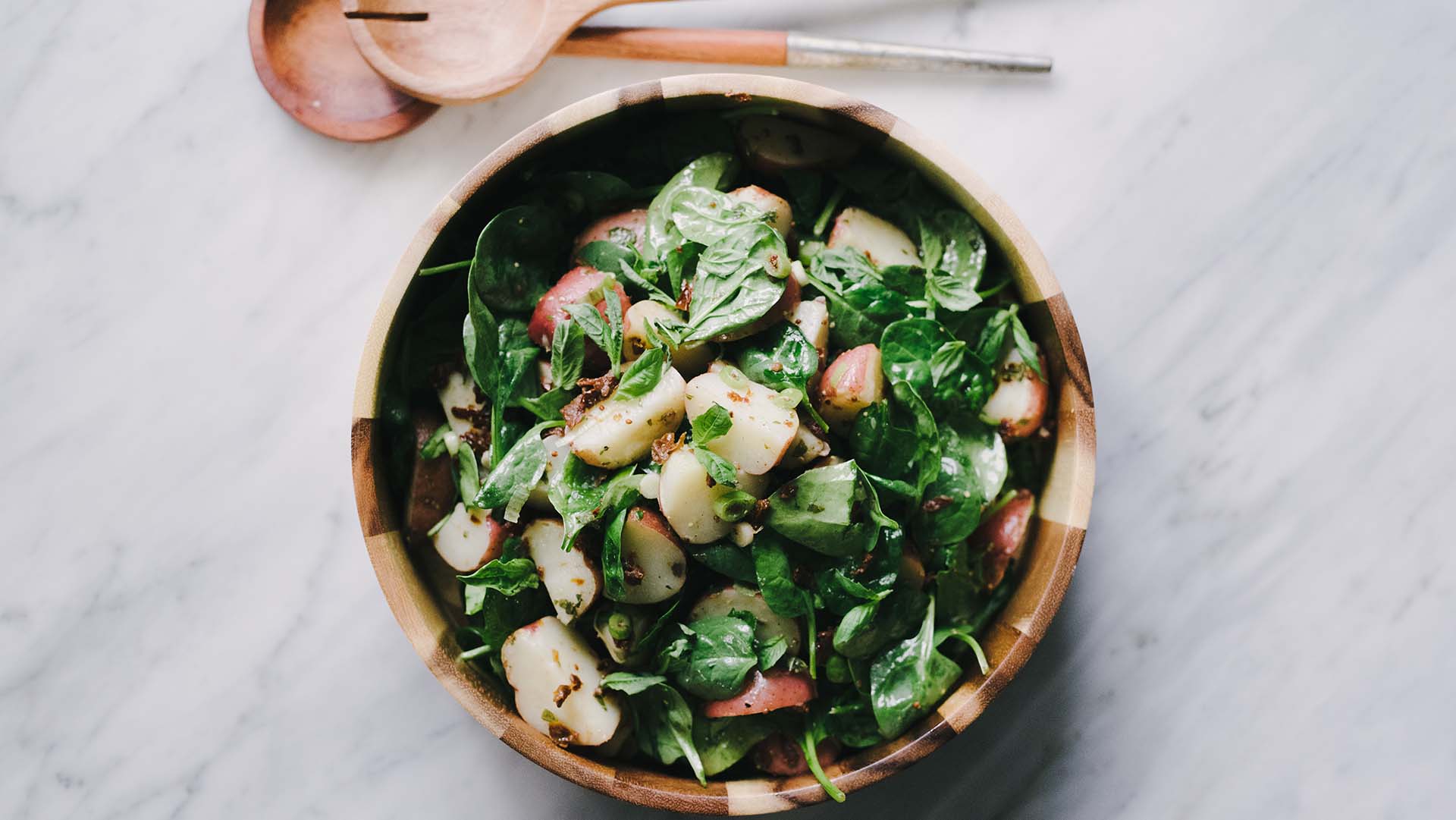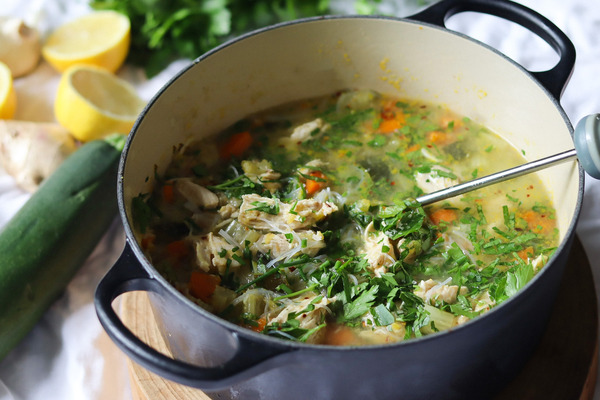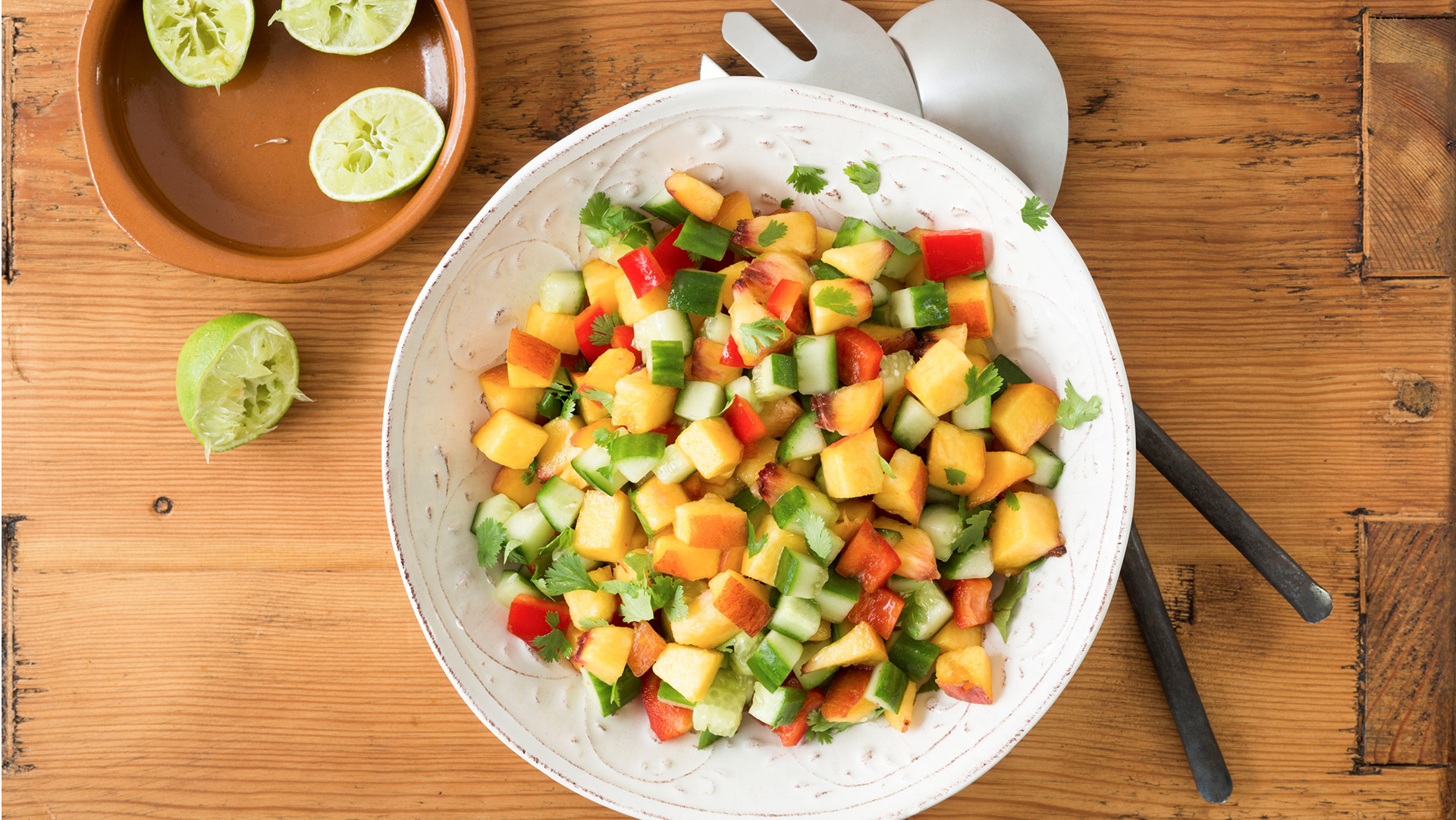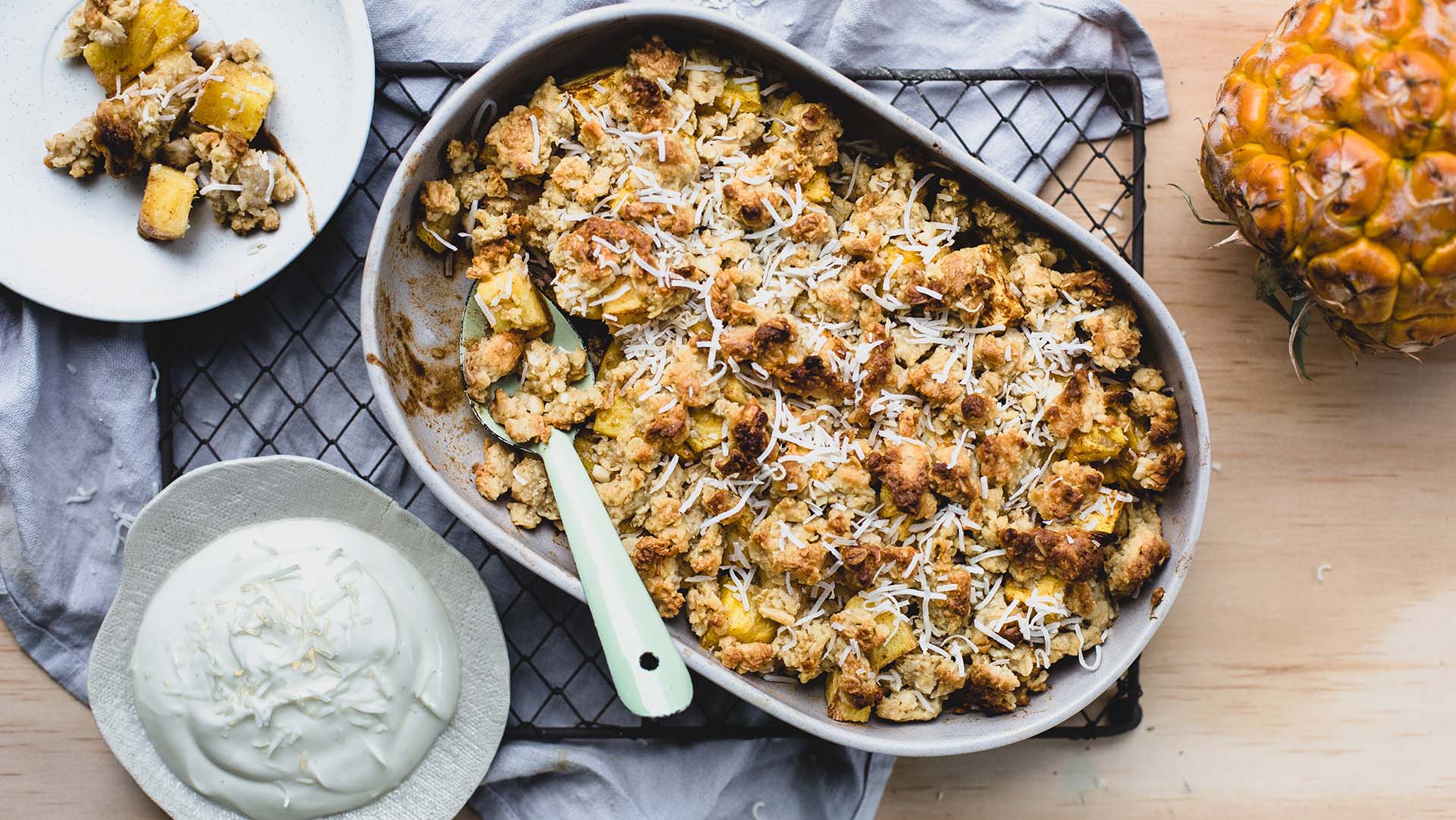-
Food goes in one end and comes out the other – nothing ground-breaking about that. But while it sounds simple, our digestive tract is a complex system that needs to be fed with care.
Most food moves through the oesophagus, breaks down in the stomach, and digests in the small intestine before being absorbed into the body. Any leftovers pass through the large intestine for final digestion, before being excreted as waste.
However, some food, or more specifically some starch, is resistant to digestion until it reaches the large intestine. This type of starch is known as resistant starch.
Why is resistant starch good for you?
Resistant starch is hugely beneficial to our health because it feeds the good bacteria in our large intestine. While the good bacteria grows and multiplies from it, the bad bacteria can’t process it at all.
Good gut bacteria plays a powerful role in our overall wellbeing. It manufactures vitamins, breaks down toxins, balances out cholesterol levels, and maintains weight. Importantly, it makes up 80% of our immune system.
According to dietitian Themis Chryssidis, it can even reduce our chances of developing bowel cancer or cardiovascular diseases. Most of this bacteria lives in our large intestine. In fact, according to Giulia Enders, author of the book Gut, 100 trillion bacteria live in our large intestine, so it’s important we feed it to keep it alive and well!
What foods are high in resistant starch?
Resistant starch forms when certain foods are boiled and left to cool. Think potatoes, rice, pasta, chickpeas, beans, peas, and lentils. When these foods cool, the starch crystallises making them resistant to digestion and therefore, reaching the large intestine intact.
Increasing our resistant starch intake is fairly straightforward. When cooking a rice dish, pasta meal, or batch of potatoes, cook extra and eat it for lunch the next day. Or for a go-to option, eat more sushi.
There are also a couple of foods that naturally contain resistant starch, with no cooking required, like oats and firm bananas.
Tasty salad ideas to try
If you’re keen to get proactive about it, why not try these dishes?
- Potato salad – add boiled eggs, roasted garlic, a slug of mayo and dill to garnish.
- Pasta salad – throw in cherry tomatoes, fresh basil, olives, cucumber and a drizzle of white wine vinegar.
- Rice and kidney bean salad – mix through avocado, corn, chillies, fresh lime juice and a slosh of olive oil.
- Lentil salad – toss through pumpkin, walnuts and top with goat's cheese.
- Pea and mint salad – stir through fresh spinach and snow peas, and crumble over with feta.
And one final food safety message from dietitian Themis Chryssidis – don’t leave it more than one to two days before eating your resistant starch. If left in the fridge any longer, you may have an unhealthy amount of bacteria growing in your food.
The power of resistant starch

-
Is sharing a meal the secret ingredient to a happier life?
Why social connection may be the most important ingredient on your plate.
-
Chicken soup with parmesan, rice, peas and lemon recipe
Nourishing chicken soup
-
The best immunity-boosting foods
Key nutrients to focus on that could help to boost your immunity, and the how to get them.
-
Comforting chicken noodle soup
Packed with anti-inflammatory ingredients including leek, garlic and ginger, this chicken noodle soup is hearty, full of goodness and great for any night of the week.
-
Peach salsa recipe
Zesty and unusual peach salsa recipe
-
Pineapple gingerbread crumble recipe
A summer riff on a winter classic.
Subscribe to receive the best from Live Better every week. Healthy recipes, exercise tips and activities, offers and promotions – everything to help you eat, move and feel better.
By clicking sign up I understand and agree to Medibank's privacy policy






